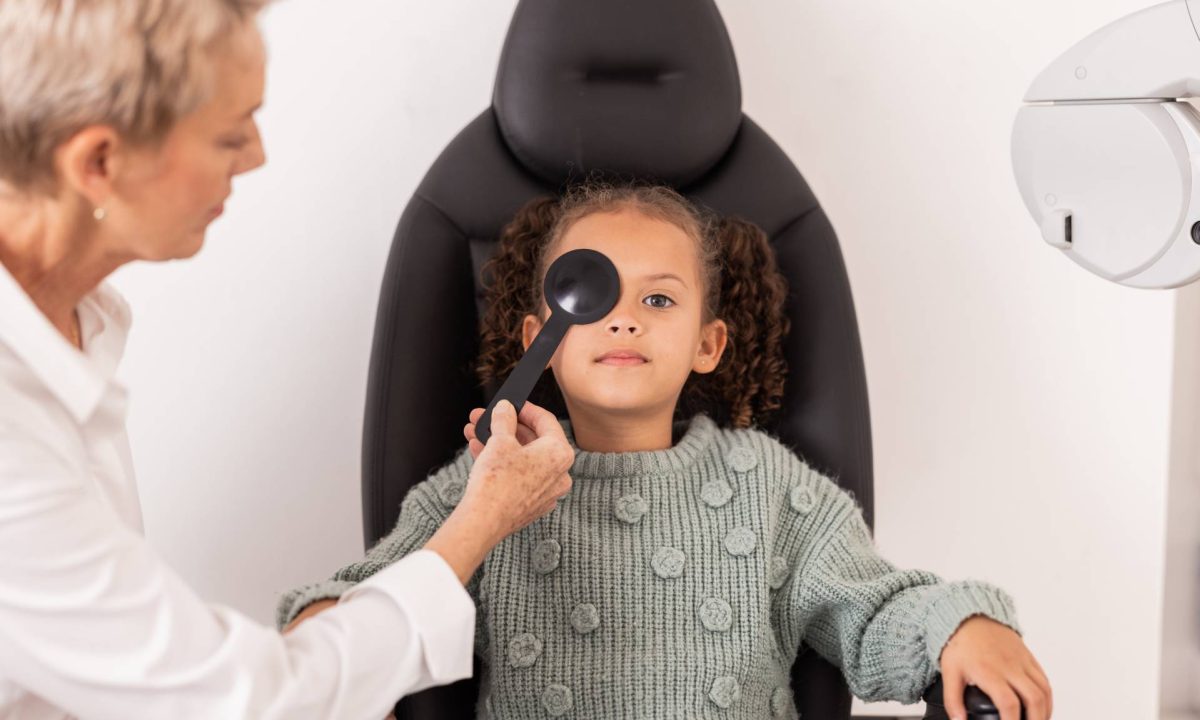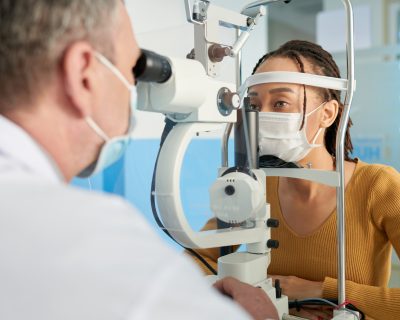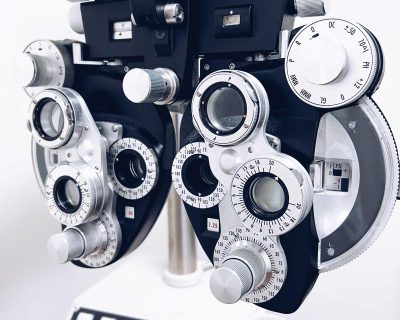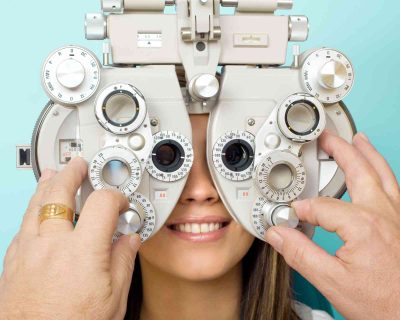
Why Children Need Regular Eye Checkups
How do you know if your child needs glasses? There are several signs that your child may need eyeglasses that you can look out for, but the best way to find out is to take your child to the optometrist for children eye exams. While the frequency of eye exams may vary based on your child’s age, risk factors, and individual needs, like adults, children also need regular eye exams.
What are the benefits of having children eye exams? Here are a few of them:
1. Early Detection of Vision Problems
Many vision problems in children often have no obvious signs or symptoms. During an eye exam, the optometrist will assess your child’s visual acuity using an eye chart. If your child struggles to read certain letters or lines on the chart, it may indicate refractive errors, such as nearsightedness, farsightedness, or astigmatism. Refraction testing determines your child’s eyeglass prescription, if needed, by measuring how light bends as it enters the eye. By using different lenses, the optometrist can identify the specific refractive error affecting your child’s vision and prescribe corrective lenses if necessary. Binocular vision testing can evaluate how well your child’s eyes work together as a team. Problems with eye alignment or coordination, such as strabismus (crossed eyes) or convergence insufficiency, can be detected during this assessment. These conditions, if left untreated, can lead to vision issues and may affect depth perception and overall visual function. Regular eye exams can detect vision problems early, allowing for timely intervention and treatment to prevent further complications and ensure optimal visual development.
2. Academic Learning and Performance
Good vision is essential for reading, writing, and learning. Clear vision enables children to engage confidently in classroom activities, participate in extracurricular activities, and interact with their peers. Children with undiagnosed vision problems may struggle to see words clearly, leading to difficulties with reading fluency, comprehension, and spelling. Untreated vision problems can hinder a child’s ability to learn and keep up with their peers academically. With clear vision, children can develop a positive self-image and confidence in their academic abilities. By identifying and addressing vision issues early on, regular eye checkups can help prevent learning delays and ensure that children reach their full academic potential.
3. Prevention of Eye Strain and Discomfort
Refractive errors such as nearsightedness, farsightedness, and astigmatism can cause blurred vision and eye strain, particularly when children engage in activities like reading or writing. Problems with eye alignment or coordination can also contribute to eye strain. Conditions like strabismus (crossed eyes) or convergence insufficiency may cause double vision, difficulty focusing, or eye fatigue, especially during tasks that require sustained visual attention. During a comprehensive eye exam, these refractive errors can be detected, and appropriate corrective measures, such as glasses or contact lenses, can be prescribed to alleviate eye strain and ensure clear vision. Regular eye checkups can also detect eye alignment and coordination issues early, allowing for intervention with vision therapy or other treatments to improve eye coordination and reduce discomfort. Optometrists may also provide guidance on visual ergonomics and proper viewing habits to minimize eye strain and promote comfortable visual experiences.
4. Assessment of Eye Health
Optometrists conduct comprehensive eye exams to assess various aspects of your child’s eye health, including visual acuity, refractive errors, eye alignment, and overall eye function. These exams help detect any conditions that may affect eye health. Optometrists use specialized instruments to examine the internal structures of your child’s eyes. This assessment helps detect any issues that may indicate underlying eye diseases or health issues. Regular eye checkups help monitor changes in your child’s vision over time. Optometrists can track any fluctuations in visual acuity, refractive errors, or other vision parameters, which may indicate changes in eye health or the need for updated corrective measures, such as glasses or contact lenses. Optometrists play a crucial role in educating parents and children about proper eye care, healthy visual habits, and preventive measures to maintain good eye health. They provide guidance on eye safety, nutrition, and lifestyle factors that may impact eye health, empowering families to take proactive steps to protect their child’s vision.
5. Support for Overall Development and Wellbeing
Vision plays a critical role in your child’s physical, cognitive, and social development. Clear vision is crucial for navigating the environment safely and participating in physical activities. Regular children eye exams help identify any issues that may impact hand-eye coordination, depth perception, and spatial awareness. Vision also plays a significant role in social interactions and emotional development. Children with clear vision can make eye contact, recognize facial expressions, and engage confidently with peers and adults. By prioritizing eye health through regular checkups, parents can help their children reach their full potential and thrive in all aspects of life.
Regular children eye exams are essential to monitor for maintaining optimal eye health and vision. Parents should schedule regular eye exams for their children as recommended by their eye care provider to ensure that any vision problems or eye health issues are detected and addressed early. Through regular children eye exams, you can ensure that your child has the best possible vision for learning and overall wellbeing.




